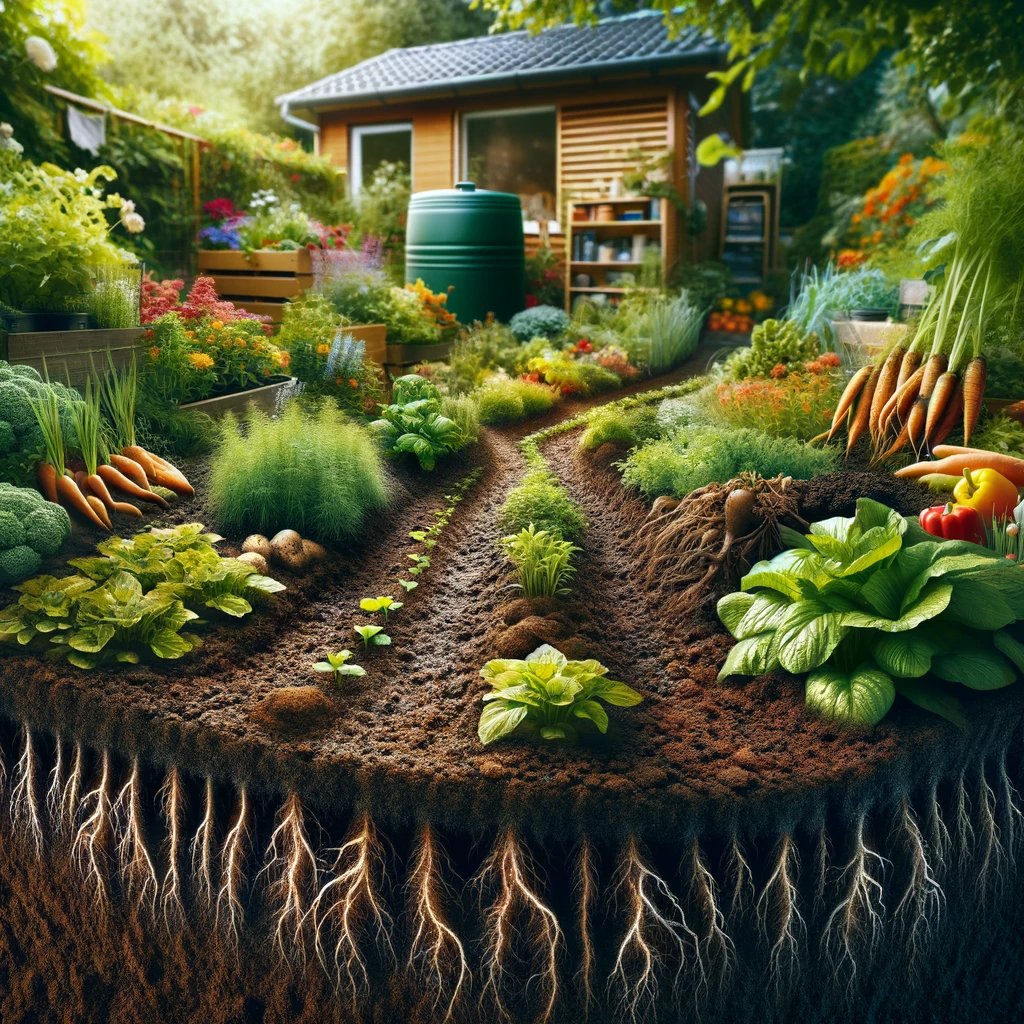Soil quality is undeniably the foundation of a healthy landscape. Unfortunately, many of us tend to overlook its significance in our daily lives. Nevertheless, there are straightforward steps we can take to rejuvenate soil health, ensuring a thriving landscape for years to come. In this blog, we will delve into seven proven techniques for effectively restoring healthy soil.
8 Natural Methods to Improve Soil Quality
Soil Testing
Before you initiate the soil restoration process, it’s crucial to understand your soil’s composition. You can conveniently obtain soil test kits from local garden centers or opt for a professional lab analysis by sending soil samples. This step furnishes valuable insights into your soil’s pH levels and nutrient content, empowering you to make well-informed decisions for the revitalization process.
Incorporating Organic Matter
Another pivotal step in the restoration of soil health is the incorporation of organic matter. Materials such as compost, peat moss, manure, and shredded leaves significantly enhance soil structure and drainage, thereby fostering an ideal environment for robust plant growth.
Soil Aeration
Adequate soil aeration stands as a pivotal factor in promoting soil health. This practice entails the loosening of compacted soil, facilitating improved air circulation and efficient penetration of water and oxygen to plant roots. You can choose to manually aerate using a garden fork or employ an aerator attachment for your lawnmower.
Leveraging Mulch
Mulch serves as an effective safeguard for soil against erosion, extreme temperature fluctuations, and unwelcome weed encroachment. Additionally, it retains moisture, thereby reducing the necessity for frequent watering. Options encompass organic materials such as straw, wood chips, and shredded leaves, or inorganic alternatives like gravel and stone.
Implementing Cover Crops
Strategically incorporating cover crops effectively curtails soil erosion and exerts control over weed proliferation. Crops such as clover, rye, and vetch actively bolster soil health while introducing valuable organic matter.
Exploring Green Manures
Green manures, cultivated with the explicit purpose of enhancing soil quality, are positioned between primary crops and integrated upon reaching maturity. This practice yields a substantial boost in organic matter, further enhancing soil structure and fertility. Commonly employed green manures include clovers, alfalfa, and rye.
Practicing Proper Crop Rotation
Crop rotation, involving the successive cultivation of different crops in the same area over time, proves instrumental in enhancing soil health, fertility, and mitigating pest-related challenges. Consider adopting crop rotations like corn-soybean-wheat, legumes-cereals-roots, or small grains-clovers-potatoes.
Harnessing the Power of Manure
Manure derived from animal waste emerges as a valuable natural method for augmenting soil quality. It encompasses essential nutrients and organic matter, thereby enhancing soil structure and fertility. Additionally, it introduces beneficial microorganisms that actively contribute to soil health.
In conclusion, improving soil quality is unequivocally a pivotal aspect of sustainable landscaping. The integration of natural methods, including composting, mulching, cover crops, green manures, crop rotation, manure application, and rock dust incorporation, yields remarkable soil enhancement results. By seamlessly weaving these methods into your landscaping practices, you can effectively fortify soil quality and establish a healthier and more sustainable landscape.

